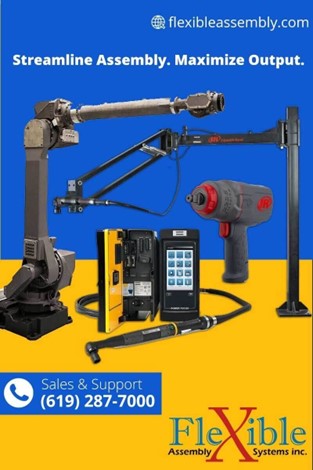Automating repetitive fabrication and assembly processes boosts output while minimizing costly errors. However,production bottlenecks arise if components aren’t presented precisely where and when needed. Inflexible hard automation struggles adapting new products requiring retooling.
Smart feeders and programmable actuators overcome such issues delivering custom parts as required within automated cells. This article looks at types available and benefits provided to accelerate manufacturing. Understanding modern advances assists managers improving line changeover, precision and monitoring.
The Quest for Fully Automated Production
Ideally, automated factories would receive bulk parts then independently:
- Inspect for defects
- Sort by next operation
- Orient for processing
- Transport to production equipment
- Assemble/machine components
- Verify quality control
- Pack finished products
In reality, most operations still rely heavily on human interaction to load/unload parts, adjust machinery, inspect output and more. Engineers work toward fully autonomous systems but face daunting challenges.
The main obstacles involve reliably handling unfixtured components consistently. Parts vary in size, shape, weight and surface friction making orientation difficult. Delivery speed must also synchronize across processes having different cycle rates.
Custom adjustable part feeders, intelligent conveyors and programmable actuators now alleviate these issues. They adapt to varying parts using advanced sensing and algorithms.
Screw Feeder Capabilities
High quality screw feeders automatically select specified fasteners from bulk then correctly orient the parts for positioning. Common configurations include:
Vibratory Screw Feeders – These drives shake parts along a track with ridges eventually aligning the desired axis based on shape. Different ridges upgrade compatibility handling multiple products.
Singulating Screw Feeders – Spinning orienting screws upright individual fasteners as they pass synchronizing properly to assembly operations.
Vision Screw Feeders – Camera systems combined with vibratory or singulating tracks enable handling randomly oriented screw types by visually identifying them first.
High-flexibility screw feeding supports just-in-time inventory direct from cheap bulk fasteners. Changeover simply involves selecting another preset. Wide compatibility with metrics and inch bolts accelerates global production.
Benefits of Automated Screw Feeding
Manual screw sorting cannot achieve the exacting precision and speed of automated feeders. Consistent delivery ensures optimizing downstream processes including:
Error Prevention – Eliminates using the wrong fasteners for assemblies avoiding recalls and rework.
Faster Assembly – Directly supplies required screws when needed increasing production pace.
Just-in-Time Inventory – On-demand orienting reduces purchased component costs andSimplify Scaling – Standard feeders adapt across multiple product generations.
Product Mix Agility – Quick changeovers support high-mix variable output from the same line.
Labor Savings – Automating mundane tasks allows reassigning workers to higher value production.
With flexibility to handle small and large fasteners plus vision systems identifying part numbers, smart feeders future-proof automating connections.
Linear Actuator Benefits
Robotic arms copying human reach and dexterity remain cost prohibitive for most applications. Linear actuators precisely position items utilizing less complex mechanisms while retaining programmable accuracy.
Actuators drive platforms via ball screws, roller screws or magnetic linear motors. Onboard controls direct speed, force and position in three-dimensional space. Robust constructions ensure millions of cycles loading heaviest components without backlash.
Common industrial uses include:
Pick and Place Loading – Grippers shuttle parts, circuit boards or products between processes exactly as required.
Precision Machining – Programmable actuators position items under cutting heads with quick reconfiguration.
Assembly & Soldering – Motion aligns components then presses together once fused.
Quality Inspection – Automatic gauging determines if assemblies remain within specifications adjusting as needed.
Kitting Operations – Custom packaging stations collate products coordinating various inputs.
When integrated with robotic arms, sensors or autonomous transport, linear actuators reliable bridge gaps in workcell automation.
Why Flexible Assembly System Excels Optimizing Automation?
Flexible Assembly System’s sole focus since 2003 involves streamlining production via smart part delivery and programmable actuation. Our screw feeding, vibratory bowl and linear motion products each optimize automating fabrication technologies through quick changeovers.
We consult supporting full-line integration tailoring how parts enter processes then align for value-adding operations using the appropriate automated mechanisms. No other specialist matches Flexible Assembly System’s range of components fine-tuned to synchronize across existing platforms.
Discover optimized material handling and positioning solutions ready to upgrade quality, capability and output. Contact Flexible Assembly System today to discuss where smart programmable feeders or actuators apply in your facility. The difference is measureable.
